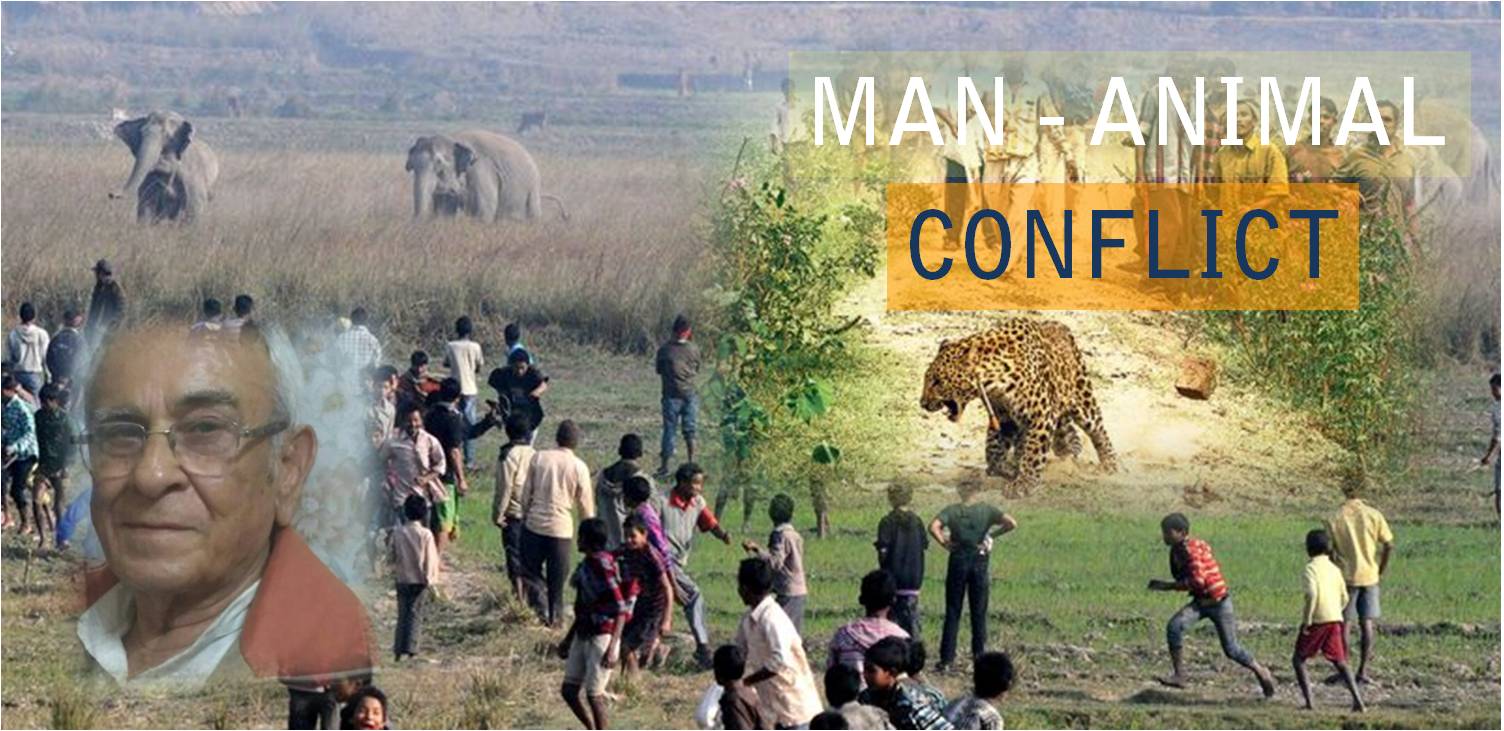Practical suggestion to lessen the Man - Animal conflict | Dr. Raza H Tehsin
Nowadays, man animal conflict is one of the burning issues of the country. Different wild animals in the country are having different problems with humans. Every other region is experiencing a different issue related to the same species of wild animal and man.
One of the major issues is wild carnivores killing domestic animals. Humans from centuries have considered domestic animals their property and source of income, and if they are hurt or killed by wild carnivores, they rage and aim to destroy the marauders.
But, in the bygone days, carnivores killed lots of domestic animals. Back then humans consoled themselves by thinking that it was the will of God. Domestic animals are not so swift, so it is easy for the carnivores to kill them. Olden day naturalists divided carnivores, especially tiger and panther, in three categories. One was Cattle Lifter and the other was Game Killer. The third one was very rare: Man Eater. The cattle lifters were bulky and lethargic whereas the game killers were lean and swift and lived in deep forests where domestic animals could not be encountered.
In 1860, Fayrer wrote a book called “Royal Bengal Tiger.” At that time, human population of the country was sparse. Vast jungles existed with plenty of ungulates. Still, he wrote, that in India, carnivores killed 10 million pounds worth of domestic animals per annum. There was a question raised in the British Parliament regarding the loss caused by these carnivores. They passed a bill saying that whoever produces a tail of a leopard or a tiger to officers up to the rank of Tehsildar will be given Rs.5 as reward.
So we can very well visualise the scale of destruction of domestic animals at that time by wild carnivores. Now this indicates that panthers & tigers are not dependant on wild ungulates alone as a source of food. Every living cell has a tendency to exert the minimum for survival. As they have to exert less to procure food, carnivores adapted to kill domestic animals.
In 1860, the population of wild ungulates in the jungles of India was so thick that it is hard to imagine. Near Udaipur there was a Shikar gaah (hunting reserve) of the Maharana called Jaisamand. Till the early 50s, whenever we ventured through Jaisamand Game Reserve of the Maharana, we had to get out of the vehicle at night to move herds of sambhar (Cervus unicolor), which roamed in large numbers, out of the path. They would be standing around dazzled by the artificial light of our car headlights.
In Jaisamand, there is a hill called Roothi Rani Ka Mahal. Maharana Fateh Singh once conducted a beat (hakka) on this hill and dozens of sambhar simply fell off the hill and got killed as a result. After that the Maharana never had a beat on that hill again.
In spite of such a thick population of wild ungulates, the Maharanas of Udaipur received daily complaints from different villages about the big cats doing considerable damage to their livestock. They often sent their courtesans to destroy the marauders.
Nowadays, this problem has taken a colossal dimension because the population of domestic animals have increased manifold. And since this is the Media Era, the man animal conflict is getting highlighted out of proportion.
There is a belief that carnivores prefer fresh meat, killed by them. They don't go for dead animals, which they come across by chance. This is an absolutely wrong notion. They prefer high meat, because it is very easy to tear it apart. In late 50s in the jungles of Kumbhlagarh, I observed a leopard on a carcass of a cow that was literally covered by maggots. A leopard came across this kill and licked up the maggots like cream. Then it started eating the flesh.
The other way to reduce the man-animal conflict is to increase the population of wild ungulates, namely hares & the wild boars, both of which are prolific breeders, as a prey for wild carnivores. Separate big enclosures can be made in the jungles to breed them. The excess stock can be released in the jungles at regular intervals for the wild carnivores to prey upon.
Such practical and easy measures should be taken by the forest authorities to decrease the man animal conflict.
Originally published in The Indian Forester - 2017
To join us on Facebook Click Here and Subscribe to UdaipurTimes Broadcast channels on GoogleNews | Telegram | Signal



